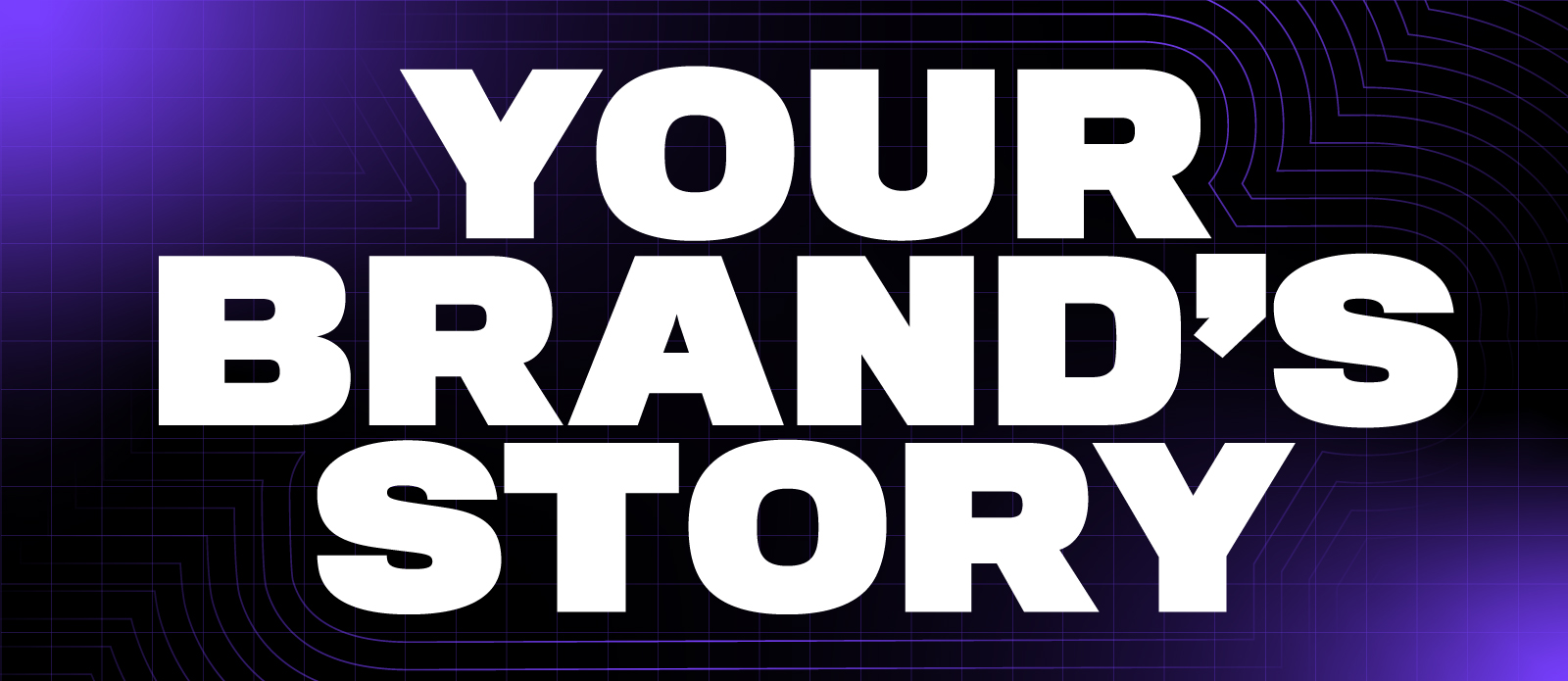
Every brand has a story. And brands shouldn't be like that well-meaning friend who talks at lengths but never has a point. Brand story strips away the excess, leaving a company’s brand manifesto tangible and relatable. There’s no confusion. Anyone can understand who you are, what you do, and how you can help.
Neil Patel says in a blog post about brand story, “While we may love the complexity of a Harry Potter plot, we can’t import that same complex model into the brand story. We need simplicity.”
Donald Miller, author, and marketing whiz, literally wrote the book on brand story. Miller designed a framework that follows traditional storytelling, which, having absorbed stories through various media throughout our entire lives, our brains are primed to understand.
The Seven Steps of Brand Story
Marketing materials can be like a fairy tale. There may not be any wicked witches or sleeping beauties, but both tell of heroes and overcoming adversity. Donald Miller lays out the framework for in these seven steps:
- A main character is introduced
- There’s a challenge they must face
- A guide enters the character’s life
- The guide shows the main character a way to overcome their problems
- The guide directs the character to do something
- The problem is solved
- Failure is averted
While the main character of a monomythic journey such as you'd find in books by Joseph Campbell, may have a dragon to slay or treasure to find, Miller’s brand story places the customer in the hero’s role. While their adversary may not breathe fire, the customer’s life would be much improved having their problem resolved.
Miller says, “the goal for our branding should be that every potential customer knows exactly where we want to take them.” Brands are the guides, drawing the map, leading customers to the promised land of resolution.
Customer Is the Hero
“StoryBrand marketing is showing our customers that we also believe they are the most important character in the story (the hero)”
- Ken Okonek, What is StoryBrand marketing and how does it benefit my business?
Whatever the marketing material, the hero is always the customer. A brand is the guide, whose goods or services will help them to solve their problems. We should feel empathy for the main character, because the problems that they’re facing are in fact our own. A brand puts into our hands the tools to overcome challenges and take action.
We Need to Know How a Product Can Help
"The fact is, pretty websites don't sell things. Words sell things. And if we haven't clarified our message our customers won't listen," said Miller in, Building a StoryBrand: Clarify Your Message So Customers Will Listen.
People need to be at the center of a brand’s story. Products are important and customers should be aware of the features that make them distinct, but these specifications must be connected to the higher messaging of how they’re going to change people’s lives for the better.
Apple
Computers are a consumer item where features like processing speed, RAM, and hard drive space are all selling points. But specs don’t sell a computer on their own.
Apple’s Macbook Pro has super-fast processing, a gorgeous retina display, and abundant hard drive space, but their marketing doesn’t lean on any of these technical features. Apple puts the customer directly in the story of what it means to be the proud owner of a Macbook Pro.
Their copy reads, “Wherever your ideas take you, you’ll get there faster than ever…”
You’re the main character who has been bogged down trying to fulfill your creativity by using a slow computer. Apple is the guide who comes to help you rise above this obstacle.
And much like King Arthur, whose victory was claimed by pulling the sword from the proverbial stone, Apple positions you as the hero of their story, whose ultimate success will depend on pulling an equally shiny object, the Macbook Pro, from their store.
Related Reading: How to Write a Mission Statement that ADDS Value
Brands Cover Your Blind Spots
.jpg?width=1600&name=Wendys_flagship_restaurant_(Dublin%2c_Ohio).jpg)
Wendy’s spot for their new breakfast opens with the proclamation, “This is going to be America’s favorite breakfast, they just don’t know it yet.”
We see a man, dressed for work, looking glumly at a piece of floppy hash brown. The video shows the non-blissful ignorance of not having a favorite breakfast. If only breakfast could be more than a chore, certainly he'd be happy.
And we too could have our unknown problem of not having a favorite breakfast solved by the guidance of Wendy’s, putting into our hands those greasy offerings that will make everything so much better.
Wendy’s asks the viewer, “Who says you can’t have a Baconator for breakfast?” Not many of us have even considered this stack of meat an option for breakfast. Wendy’s permits us to indulge.
Brand story not only shows us the solutions to those problems we’re aware of, but illuminates those that we may be oblivious to like the possibilities of eating a Baconator whenever we want. As for solving the health effects of eating too much fast food, that’s a brand story for a cardiologist.
Brands Should Have a Plan for You
The dating site OkCupid tells someone right away that, “On OkCupid you’re more than a photo.” They don’t hit you with statistics like marriages that were the result of people using their app, or the number of members on their platform. Their strategy starts with letting people get to know the real you. They go on to say, “Get noticed for who you are, not what you look like. Because you deserve what dating deserves: better.”
OkCupid identifies the problem of being just another anonymous face to swipe left or right on, and by following the actions they have laid out for you, you can match up with people in a more meaningful way.
On episode 167 of Miller’s podcast “Building a Storybrand”, Nancy Duarte says, “It's really important that you attach relatable things and attach memorable things, but also how you structure the narrative is very important.”
OkCupid not only centers their brand story on the impersonal experience that so many may recognize from their attempts at online dating, but starts their brand’s story with you, the person hoping to find love.
A brand’s story gives customers the choice between success or failure. OkCupid not only identifies why other dating apps are lacking, but explains why there’s will help you better your dating life.
Use Brand Storytelling to Tell Your Own
It’s easy for customers miss your company’s messaging if your marketing doesn’t have a brand story. Like a television screen overcome by static, the image may be there, but buried beneath the distortion. Having a brand story brings clarity, letting a company’s messaging unfold in full color.
Brand stories offer conclusions that solve a customers’ problems. But these stories aren’t wrapped up at the very end. Rather they should mean a lifelong journey, with your brand helping them through all of life's challenges.
Download your complimentary Brand Manifesto Workbook today!









